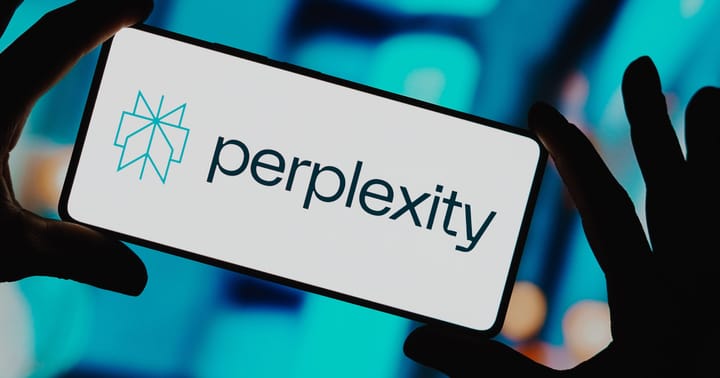OpenAI Unveils Sora, The Next Frontier in Text-to-Video Generation
Sora exhibits the capability to extend existing videos and fill missing frames, critical for long-form content creation.

OpenAI's latest breakthrough in AI, the Sora video-generating model, is making waves for its remarkable ability to render video games, among other feats. Initially touted for its cinematographic prowess, Sora's capabilities extend far beyond expectations, as revealed in a technical paper published by OpenAI researchers.
The Video generation models as world simulators, sheds light on Sora's architecture, unveiling its capacity to generate videos of arbitrary resolutions and aspect ratios, up to 1080p. Sora demonstrates proficiency in various image and video editing tasks, including creating looping videos, time extensions, and background alterations in existing videos.
Utilizing a diffusion model technique akin to Midjourney, Sora refines noise into coherent scenes step-by-step, showcasing a profound understanding of lighting, physics, and camera work. With a transformer architecture reminiscent of GPT, Sora efficiently processes textual descriptions into visual manifestations, enabling scalability across diverse durations, resolutions, and aspect ratios.
Sora's proficiency extends beyond mere generation; it associates textual captions with visual training data, enhancing fidelity between user instructions and video outcomes. Moreover, Sora exhibits the capability to extend existing videos and fill missing frames, critical for long-form content creation.
Prior to widespread release, OpenAI is collaborating with select professionals to assess potential risks and refine Sora's capabilities. This proactive approach includes working with experts in ethics, policy, and content moderation to address concerns regarding misinformation, bias, and harmful content.
Sora operates as more than just a creative tool, it functions as a "data-driven physics engine," intricately calculating the physics of each object in an environment and rendering a photo, video, or interactive 3D world accordingly.
While Sora's advancements hint at the potential for highly capable simulators of physical and digital worlds, including the entities within them, the model still faces limitations. It struggles with accurately simulating basic interactions like glass shattering and exhibits inconsistency in rendering detailed interactions, such as bite marks on food items.
Nevertheless, Sora's emergence sparks anticipation for the development of more realistic and possibly photorealistic procedurally generated games. However, given the implications, including deepfake concerns, OpenAI has opted to restrict Sora's access to a limited program for now.
As researchers delve deeper into Sora's capabilities, the possibilities for AI-driven advancements in gaming and simulation are poised to evolve rapidly, promising both excitement and challenges on the horizon.




